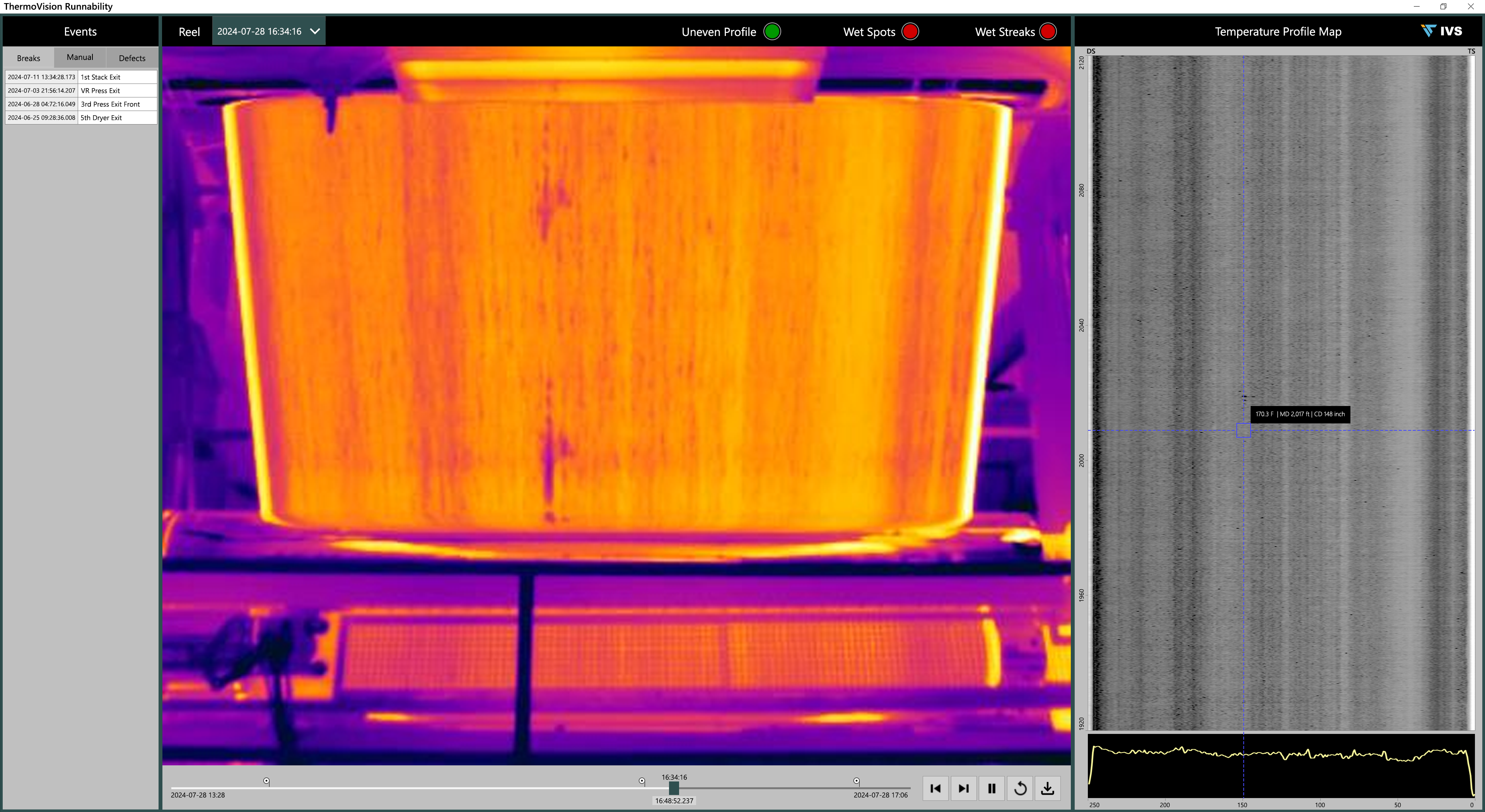Researchers have pioneered a noninvasive way of measuring an important but difficult to determine variable in electrochemical interfaces.

Battery insights
- Researchers have developed a method that allows them to determine variable in electrochemical interfaces, which is where reactions take place in batteries.
- This research is part of a larger effort to make batteries more efficient and help make energy generation cleaner.
University of Wisconsin-Madison engineers and Cornell University researchers have pioneered a noninvasive way of measuring an important but difficult to determine variable in electrochemical interfaces—the points in batteries and fuel cells where the electrode and electrolyte meet and the chemical reactions take place.
Coupling experimental and computational techniques, the teams identified a value known as “the potential of zero charge” and determined molecular-scale details of the water structure at the interface. Unlike many previous techniques, the researchers’ optical observation method is noninvasive and can be applied to many different materials without prior knowledge of their properties.
It’s knowledge that can help researchers develop more efficient rechargeable batteries, grid-scale energy storage and other devices—all of which are key elements in the next generation of clean energy.
Manos Mavrikakis, a professor of chemical and biological engineering at UW-Madison, and PhD student Alex von Rueden led the theoretical modeling side of the research, which appears in the March 2023 issue of the journal Nature Materials.
Electrochemical devices, including energy-producing fuel cells and chemical-producing electrolyzers, vary widely in their chemistry and materials, but they work on the same general principles: Two electrodes made of different materials, an anode and a cathode, are separated by a material called an electrolyte, which can either be a liquid or a solid. The anode releases electrons to an external circuit, while the cathode acquires electrons from the external circuit. This flow of electrons from the anode to the cathode results in an electric current.
To improve these systems, researchers fine-tune the electrode catalysts to boost their durability and reactivity. However, tinkering with the electrodes can change an entire system’s delicate chemistry. At the interface where the electrode and electrolyte meet, an electric field forms that can polarize the electrode surface and nearby molecules, and that polarization can impact the devices’ chemical reactions.
Researchers can counteract the polarization by applying the potential of zero charge to the electrode—yet previous methods didn’t work well for determining the potential of zero charge. “One approach involved adding what are called probe molecules to the system and measuring the electrochemical response,” says von Rueden. “However, introducing these new chemical species can alter the system and, in turn, compromise the potential of zero charge measurement.”
Using a platinum electrode and an aqueous, or water-based, electrolyte interface as a model system, the team at Cornell developed an optical method using laser pulses. When aimed at the interface, the method determines the potential of zero charge without disturbing the system.
At UW-Madison, Mavrikakis, von Rueden and Roberto Schimmenti used theoretical modeling to predict the potential of zero charge of the platinum-water interface and the interfacial water structure under different conditions. They isolated 50 distinct structures of water adsorbed on platinum. By considering the stability of these structures and their agreement with the experimentally measured potential of zero charge, they identified one structure to model. Using that model, they demonstrated how water molecules at the platinum surface rearrange as the electrode potential moves above and below the potential of zero charge.
Mavrikakis says the team’s optical technique and modeling approach could be applied to many other electrodes, including different metals and metal oxides. In fact, the researchers’ future work will target electrodes made of earth-abundant materials, which are less costly than platinum, for energy applications.
“Electronic structure calculations are becoming an indispensable tool for inferring the molecular-scale details of complex interfaces,” says Mavrikakis. “Combined with experiments, they open the door to designing materials with improved properties for a variety of engineering applications based on a deep fundamental understanding of the underlying processes.”
Von Rueden says the research shows the value of collaboration. “Taken separately, the modeling and experiments could not provide the complete molecular-scale picture,” he says. “But together we were able to both determine the potential of zero charge of the interface and predict what its water structure looks like. I hope our collaboration can help guide future studies of these types of electrochemical interfaces.”
– Edited by Chris Vavra, web content manager, Control Engineering, CFE Media and Technology, [email protected].



